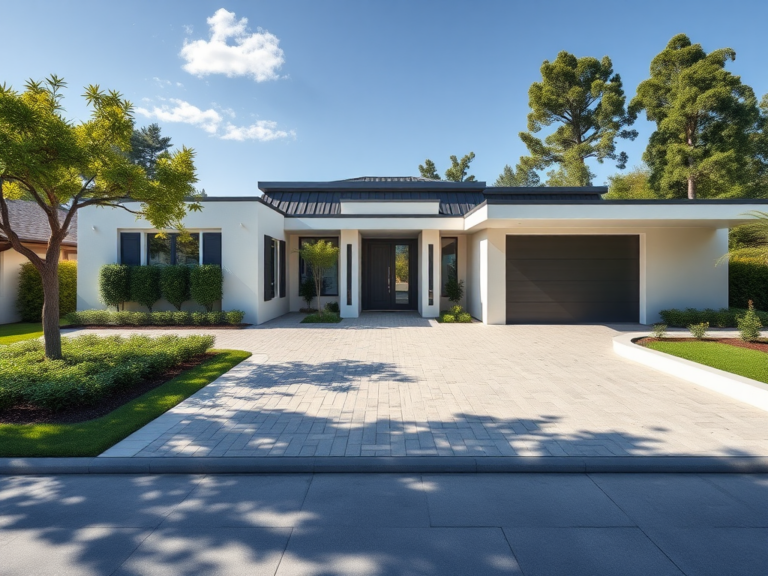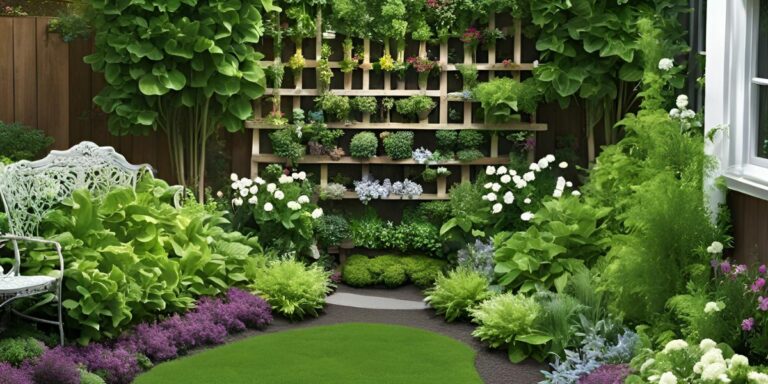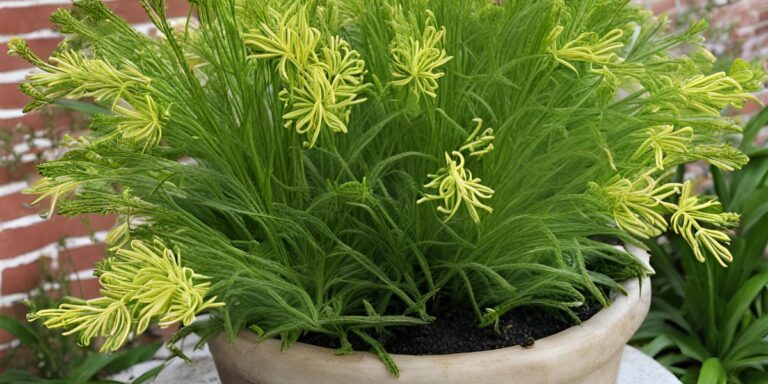24 Garden Planning Ideas: Your Friendly Guide to a Dream Outdoor Space
Hey there, fellow garden enthusiast! If you’re anything like me, the idea of a perfectly planned garden gets your heart racing.
Whether you’re starting from scratch or rethinking your current layout, garden planning can feel a little overwhelming.
But don’t worry—I’ve got you covered with 24 garden planning ideas that will transform your outdoor space into a haven you’ll never want to leave.
Grab your gardening gloves, and let’s dive in!
1. Start With a Vision Board
Before you even touch a trowel, grab a notebook or Pinterest board and sketch out your dream garden.
Think about colors, themes, and the mood you want to create.
Do you want a serene Japanese zen garden, a wildflower paradise, or a classic English garden? Having a vision will make every other decision so much easier.
2. Assess Your Space
Take a good look at your garden. Note down sun exposure, soil type, drainage, and any problem areas.
This simple step will help you pick plants that actually thrive instead of those that’ll need constant TLC.
3. Create Zones
Think of your garden like a mini property with rooms.
You could have a dining area, a play zone for kids, a vegetable patch, and a cozy reading nook.
Zoning helps maximize space and ensures every corner of your garden has purpose.
4. Choose a Focal Point
Every great garden needs a focal point—something that draws the eye.
It could be a beautiful fountain, a stunning tree, a sculpture, or even a quirky garden gnome.
This gives your garden personality and makes it memorable.
5. Plan Your Pathways
Paths are both practical and stylish. Use gravel, stepping stones, or even reclaimed wood to create natural walkways.
Curvy paths often feel more whimsical, while straight lines offer a modern touch.
Either way, they guide visitors and create a sense of flow.
6. Embrace Vertical Gardening
Short on space? Think up! Vertical gardening can turn walls, fences, and trellises into lush green spaces.
Perfect for climbing plants like clematis, ivy, or even veggies like tomatoes and beans. It’s a space-saver and a statement-maker.
7. Mix Perennials and Annuals
Perennials give you structure and year-round appeal, while annuals add pops of color and fun seasonal vibes.
Combining both ensures your garden looks fresh and vibrant no matter the season.
8. Mind the Color Palette
A harmonious color palette can transform your garden from chaotic to charming.
Stick to complementary colors or a seasonal rotation plan to keep things visually appealing.
And don’t be afraid to experiment—sometimes a bold splash of unexpected color is exactly what a garden needs.
9. Think About Height and Layers
Planting all your greenery at the same height is a common rookie mistake.
Layering plants of different heights—from ground covers to shrubs and small trees—creates depth and makes your garden feel lush and full.
10. Incorporate Edibles
Why not mix beauty with function? Herbs, fruits, and veggies can be surprisingly ornamental.
Imagine lavender next to cherry tomatoes, or basil cascading over the edge of a raised bed—it’s practical and pretty!
11. Include Native Plants
Native plants are a gardener’s best friend—they’re adapted to your climate, require less water, and attract local wildlife like bees and butterflies.
Plus, they often survive harsher conditions better than imported varieties.
12. Plan for Seasonal Interest
Nobody wants a garden that looks dead in winter.
Incorporate plants with year-round appeal—evergreens, berry shrubs, and ornamental grasses can keep your garden interesting even when flowers aren’t blooming.
13. Add Water Features
A small pond, fountain, or even a birdbath brings a soothing sound and invites wildlife into your garden.
Trust me, the gentle trickle of water makes any outdoor space instantly relaxing.
14. Don’t Forget Lighting
Garden planning isn’t just about daylight.
Solar lights, string lights, and lanterns create a magical atmosphere for evening enjoyment.
They also highlight your garden’s best features when the sun goes down.
15. Create Cozy Seating Areas
Even the prettiest garden needs a spot to enjoy it! Benches, swings, or even a small bistro set can turn your garden into a true extension of your home.
A shaded corner is perfect for reading or enjoying a morning coffee.
16. Plan for Wildlife
Gardens aren’t just for humans! Incorporate bird feeders, butterfly-friendly flowers, or a small insect hotel.
Not only does it help local wildlife, but it also adds movement and life to your garden.
17. Use Mulch and Ground Covers
Mulching helps your plants retain moisture, suppresses weeds, and improves soil health.
Ground covers like creeping thyme or moss add greenery to bare patches and reduce maintenance, making your garden easier to manage.
18. Consider Garden Art
Sculptures, wind chimes, or decorative stones add personality.
You don’t need a big budget—sometimes DIY pieces or thrifted finds make your garden feel unique and loved.
19. Plan for Maintenance
Be honest with yourself: how much time do you want to spend in the garden each week? Low-maintenance gardens are perfect for busy people, while gardening fanatics might enjoy a high-maintenance paradise.
Planning ahead saves a lot of frustration.
20. Use Containers Creatively
Containers aren’t just for tiny patios—they let you experiment with plant combinations and move things around seasonally.
Mix different shapes, sizes, and colors for an eclectic, lively feel.
21. Consider Microclimates
Even in a small garden, sun, shade, wind, and moisture vary. Take note of these microclimates and plant accordingly.
Some plants love full sun, while others thrive in shaded corners. Matching plants to their preferred spots is key to a thriving garden.
22. Plan for Paths and Access
If you have vegetable beds or perennials, think about accessibility.
Raised beds, stepping stones, or gravel paths make it easy to reach plants for watering, pruning, or harvesting.
It might seem small, but convenience improves the gardening experience immensely.
23. Experiment With Themes
Themed gardens can be incredibly fun! Try a butterfly garden, a moonlight garden with white and silver flowers, or even a tropical oasis.
Themes give your garden cohesion and make it feel intentional rather than random.
24. Keep Evolving
Remember, a garden is never truly finished. Treat it as a living, breathing space that changes with the seasons and years.
Don’t be afraid to tweak, move plants, or try something new. Sometimes the best ideas come from happy accidents!
Bonus Tips for Your Garden Planning Journey
- Sketch Before You Plant: Draw your garden layout to visualize spacing and flow.
- Start Small: It’s better to plan a few beautiful sections than overwhelm yourself with too much at once.
- Take Photos: Document growth and changes—it’s motivating and helps track what works.
- Learn From Neighbors: Walking around your neighborhood can spark amazing ideas.
- Enjoy the Process: Gardening is as much about the journey as the destination.
So, there you have it—24 garden planning ideas to inspire your next project. Whether you’re aiming for a low-maintenance urban oasis, a wildflower haven, or a full-on garden paradise, planning ahead makes everything smoother and more fun. Remember, your garden is a reflection of you: playful, personal, and full of life.






